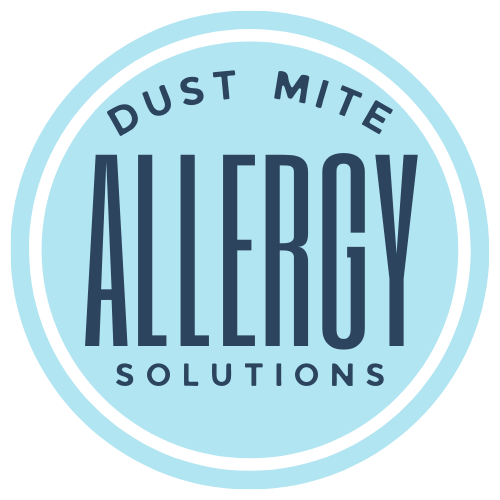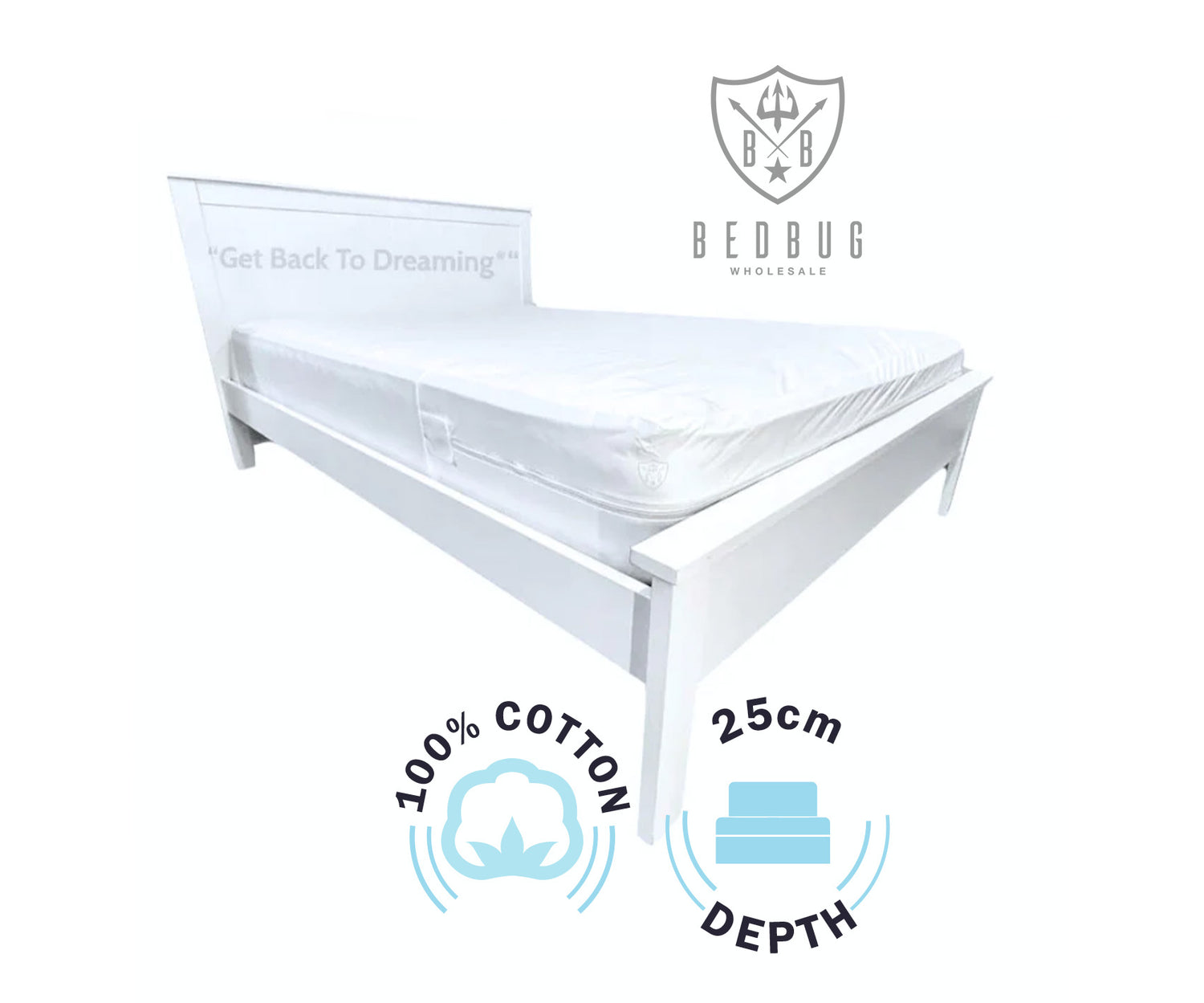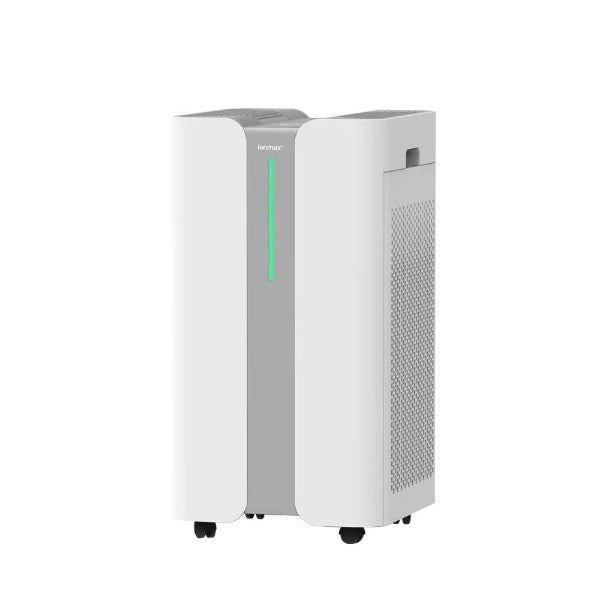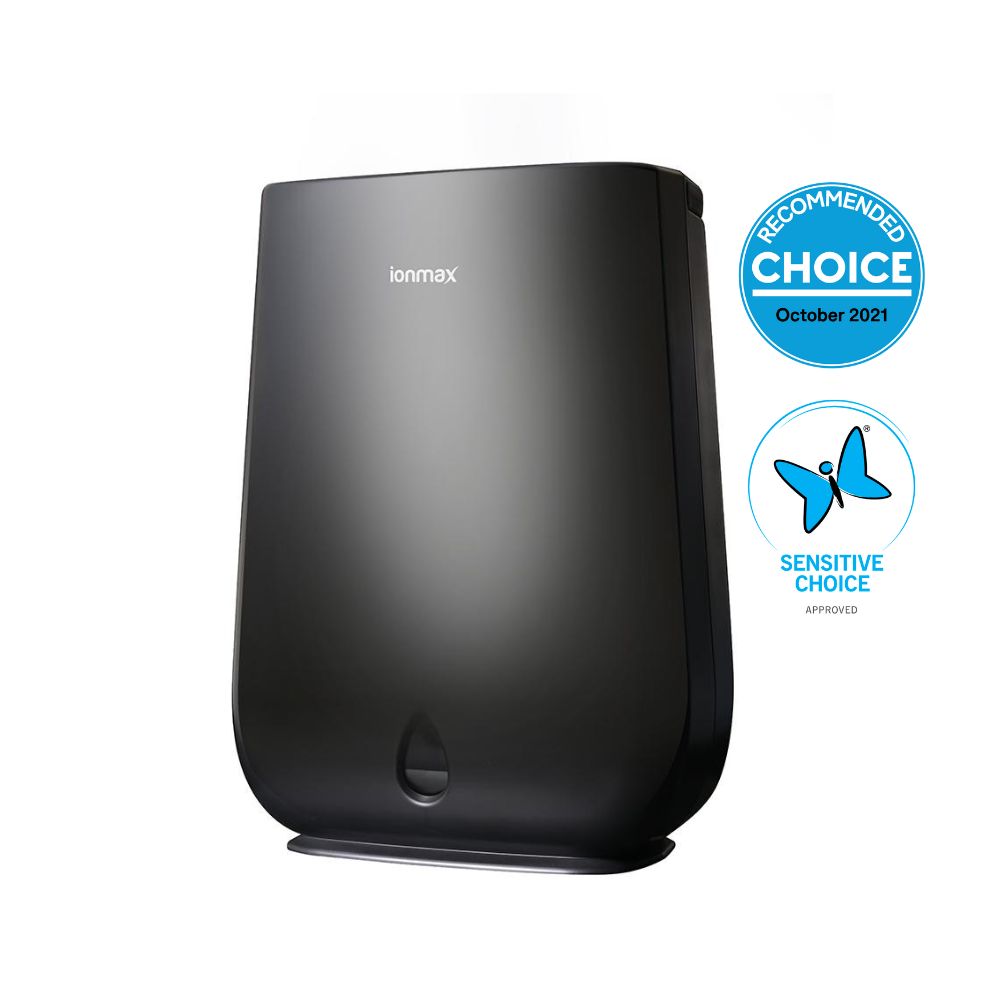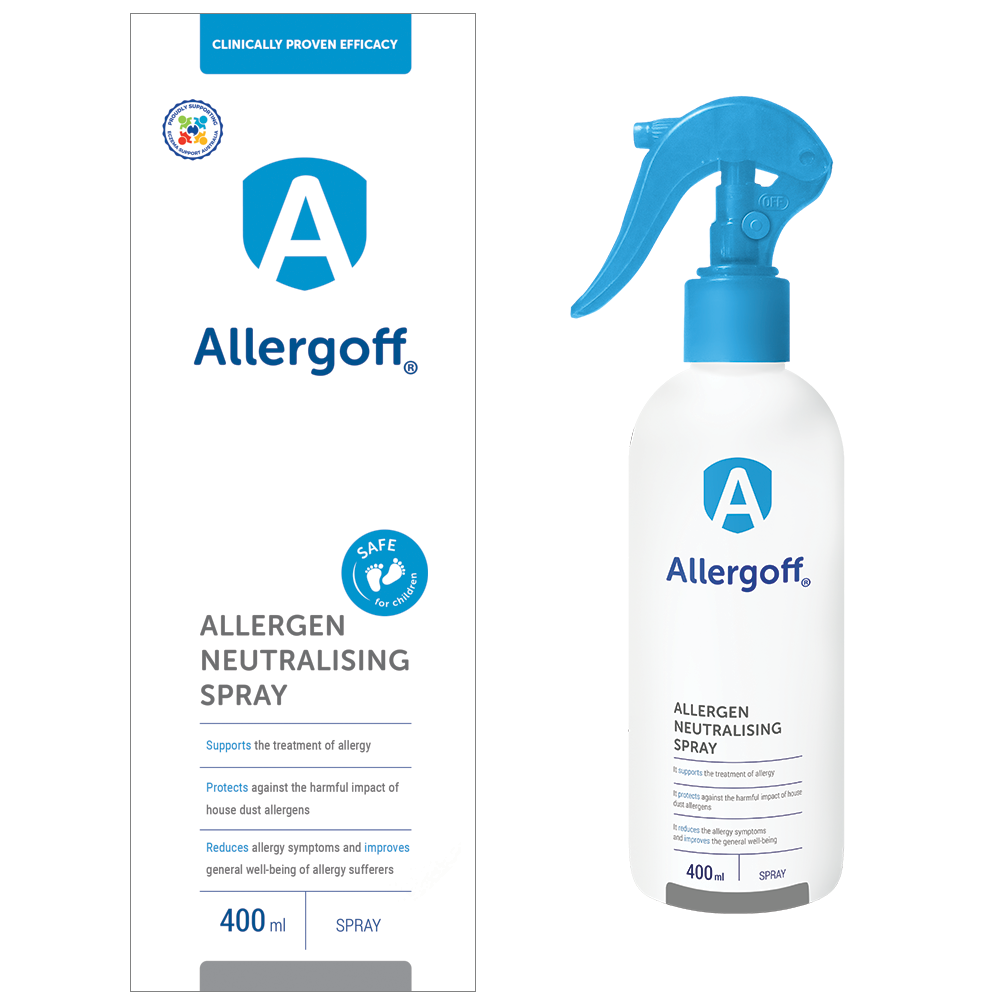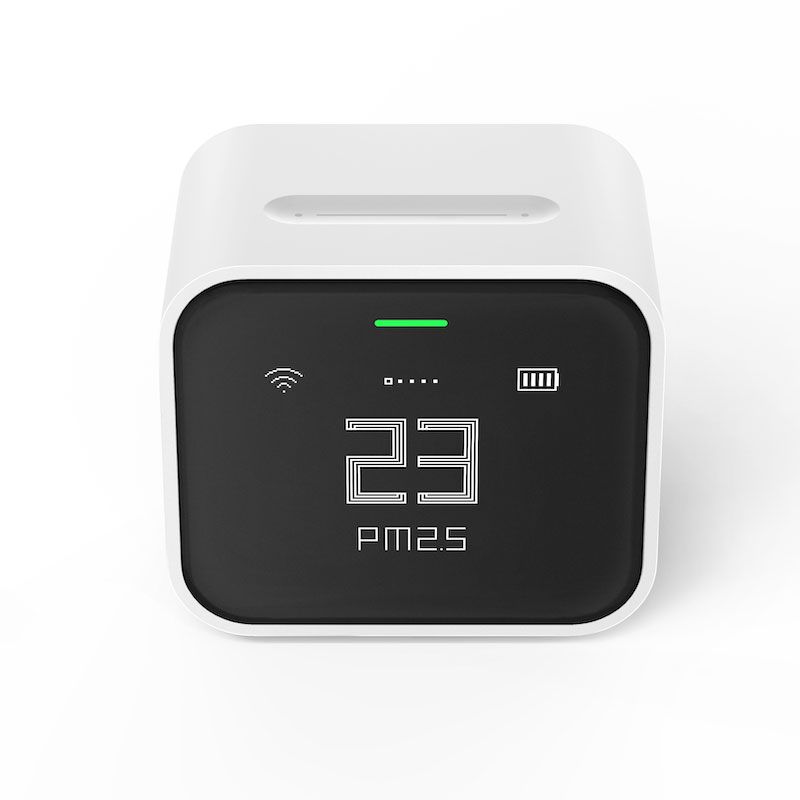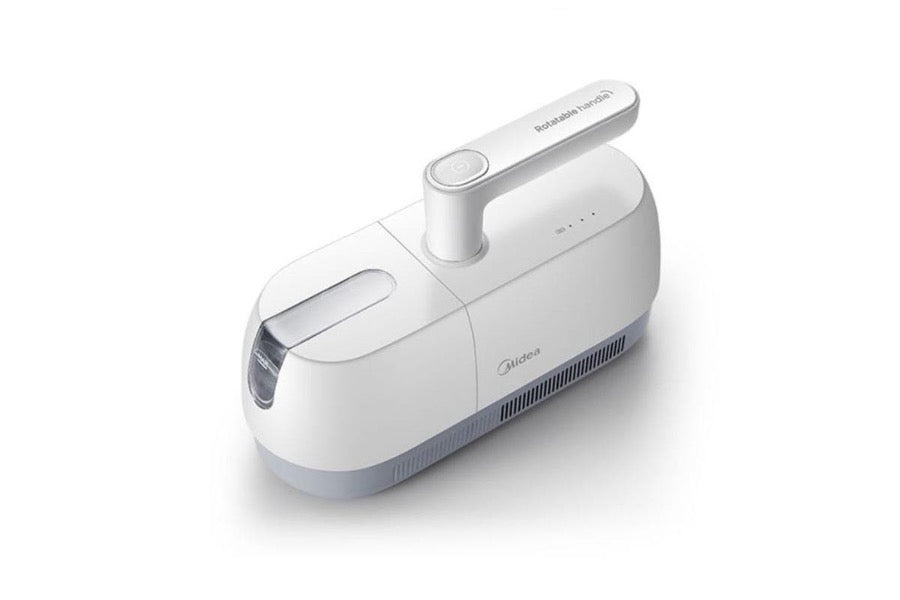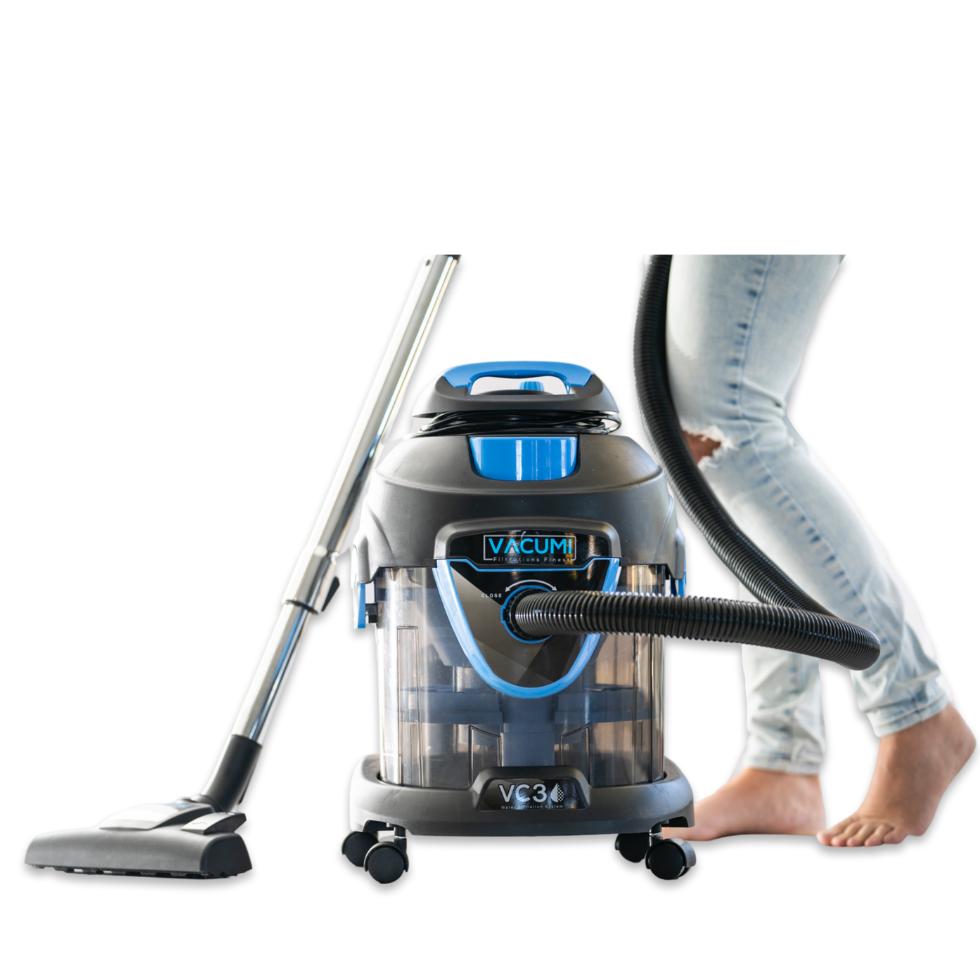Dust mites are a natural occurrence and are prevalent in virtually all households. The predominant element affecting dust mites is humidity. Dust mites thrive in temperatures between 20-25C and humidity over 70%. The warm and humid climate of Australian subtropical coastal regions provides a perfect environment for dust mites to flourish. Consequently, in Australia, dust mite allergy is a widespread issue.
Are dust mites common in Australia?
What is Dust Mite Allergy
How Common is Dust Mite Allergy in Australia?
Can You Be Allergic to Dust But Not to Dust Mites?
What are Long Term Effects of Dust Mite Allergies
What are Dust Mite Allergy Treatments?
Are Dust Mites Common in Australia?
The combination of warm, humid conditions, and ample food supply from the lush vegetation and diverse ecosystems in Australian subtropical coastal areas creates an optimal habitat for dust mites to thrive. These regions often experience mild winters and extended periods of warm weather, which further promotes the reproduction of dust mites.
Dust mites thrive in humid environments due to their unique method of obtaining moisture. Unlike humans who drink water, dust mites do not have a means to quench their thirst internally. Instead, they absorb moisture from the surrounding air.
As a result, dust mite allergies are a common concern in Australia, affecting a significant portion of the population, especially those living in areas with higher humidity and warmth, where dust mites are more likely to proliferate
What is Dust Mite Allergy?
A dust mite allergy is an immune system reaction to the waste left by tiny bugs that commonly live in house dust, such as bedding, upholstered furniture, and carpets. Dust mites, which are related to ticks and spiders, feed on skin cells shed by people and thrive in warm, humid environments. When someone with a dust mite allergy comes into contact with these house mites, their immune system reacts to proteins found in the mites' feces and body fragments, causing an allergic response. This response can lead to various dust mite allergy symptoms, including sneezing, runny nose, itchy, red, or watery eyes, nasal congestion, cough, and in more severe cases, asthma-like symptoms such as difficulty breathing, chest tightness, and wheezing. The allergy can range from mild to severe and is often mistaken for a common cold due to similar symptoms.
How Common is Dust Mite Allergy in Australia?
Dust mite allergy is relatively common in Australia, particularly due to the country's climate which is conducive to dust mites.
In terms of specific numbers, studies have shown that a significant proportion of the Australian population is sensitised to dust mites. Research by Australasian Society of Clinical Immunology and Allergy shows that about 20% of Australians are affected by dust mite allergies at some point in their lives. Moreover, dust mite allergy is a common cause of asthma in the region, with a substantial number of asthma sufferers being sensitive to dust mites.
It's important to note that the prevalence of dust mite allergy can vary depending on geographic location, lifestyle, and individual susceptibility. People living in coastal and subtropical areas, where humidity and warmth are higher, may be more prone to developing dust mite allergies.
Can You Be Allergic to Dust But Not to Dust Mites?
Yes, it's possible to have an allergy to dust without being specifically allergic to dust mites, as dust allergies can be triggered by various components in household dust, not just dust mites. In people with dust allergies, the immune system reacts to airborne particles, causing allergic symptoms. Dust mite allergens are one of many potential triggers in household dust, so an individual may react to other components in dust while not having an allergy to dust mites. Allergy testing can help identify this distinction. These allergen components may include:
- Pollen: Pollen can enter homes through open windows, doors, or be brought in on clothing and pets, becoming part of the household dust.
- Pet Dander: Small flakes of skin shed by cats, dogs, and other furry or feathered pets are common allergens.
- Mold Spores: Mold can grow in damp areas of the home and release spores into the air, which can become part of household dust.
- Cockroach Droppings: In some environments, components of cockroach droppings can become airborne and contribute to dust.
- Fibers from Fabrics: Tiny fibers from carpets, furniture, or bedding can also become airborne and contribute to dust.
What are Long Term Implications of Living with Dust Mite Allergy in Australia?
Living with dust mite allergies can have several long-term implications. Prolonged exposure to dust mite allergens can lead to chronic inflammation of the airways, increasing the risk of developing or exacerbating respiratory conditions such as asthma. Individuals with dust mite allergies may experience recurring asthma attacks, characterized by wheezing, coughing, chest tightness, and difficulty breathing.
Chronic nasal congestion, sinus infections, and frequent headaches may also occur. Allergic rhinitis, if left untreated, can affect sleep quality and overall productivity.
Additionally, ongoing exposure to dust mite allergens can lead to the persistence of allergic skin conditions like eczema, causing itching, redness, and skin irritation. The long-term implications of living with dust mite allergies underscore the importance of effective management strategies to reduce allergen exposure, alleviate symptoms, and minimize the risk of complications. Regular medical supervision, appropriate medication, allergen avoidance, and implementing allergen-reducing measures in the living environment are crucial steps towards maintaining a better quality of life for individuals with dust mite allergies.
What are Dust Mite Allergy Treatments?
Allergen Avoidance
- Use allergen-proof covers for mattresses, pillows, and bedding to create a barrier against dust mites.
- Wash bedding, including sheets and pillowcases, in hot water (at least 130°F) weekly to kill dust mites and remove allergens.
- Minimise the use of carpets, rugs, and upholstered furniture, as they can harbor dust mites. Steam existing upholstered furniture to kill dust mites.
- Keep indoor humidity levels below 50% using dehumidifiers or proper ventilation to discourage dust mite growth.
- Regularly clean and vacuum living spaces, using vacuum cleaners equipped with HEPA filters, to reduce dust mite allergen levels.
Medications
- Over-the-counter antihistamines can help alleviate common allergy symptoms such as sneezing, itching, and runny nose.
- Nasal corticosteroid sprays can reduce nasal inflammation and congestion.
- Allergy eye drops can relieve itchy, watery eyes.
- Consult a healthcare professional for prescription-strength medications if symptoms are severe or persistent.
Immunotherapy
Allergy shots (subcutaneous immunotherapy) can help desensitize the immune system to dust mite allergens, reducing symptoms over time.Sublingual immunotherapy (under-the-tongue tablets or drops) is an alternative form of immunotherapy that can be used under medical supervision.
Remember, individual responses to different management strategies may vary, so it's essential to work with healthcare professionals to find the most effective approach for managing dust mite allergy symptoms.
Cleaning
- Regularly dust and clean surfaces with a damp cloth to minimize dust accumulation.
- Vacuum carpets, rugs, and upholstery frequently using a vacuum cleaner with a HEPA filter.
- Use a high-efficiency air purifier with a HEPA filter to reduce airborne allergens.
Read our full guide on how to get rid of dust mites in your house
